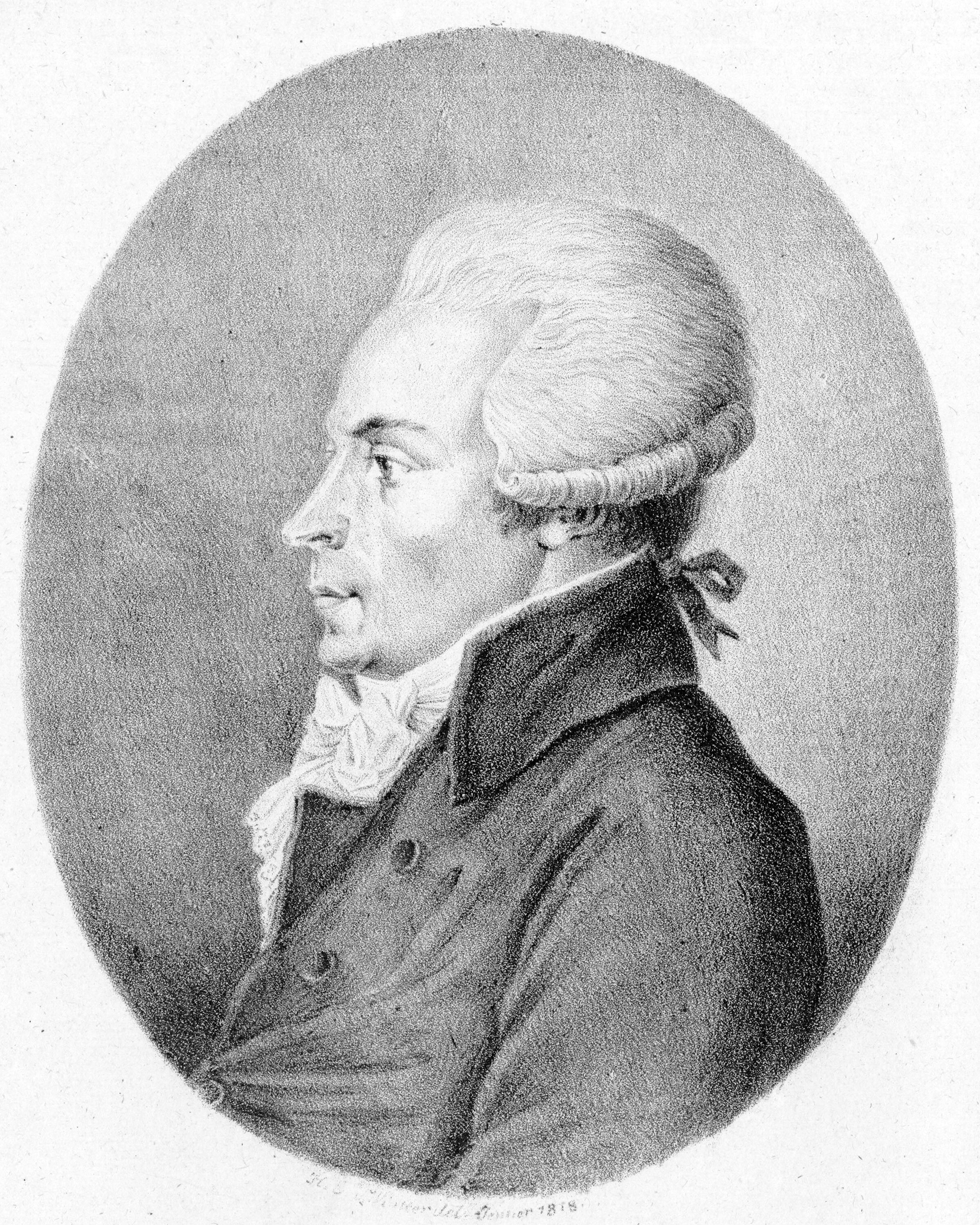Antonín Rossler-Rosetti
1750 – June 30, 1792, born Franz Anton Rösler, changed to Italianate form by 1773)
classical era composer and double bass player, and was a contemporary of Haydn and Mozart.
Symphony in D major, Kaul I:30, Murray A13, Concerto Köln
I Allegro molto – 0:00
II Adagio non tanto – 07:01
III Menuet - Allegretto fresco - Trio I - Trio II – Menuet – 12:35
IV Finale – Allegretto – 15:43
Symphony in G minor (M.A42/I:27)
Dated: 1787
I. Vivace
II. Menuet fresco - 6:59
III. Andante ma Allegretto - 9:48
IV Finale Capriccio: Allegro scherzante - 13:28
Performed by Concerto Köln.
Live recorded on August 19, 2012, at Philharmonic Concert Hall, Warsaw.
Symphony in G major, Murray A39, Kaul I:16
I. Grave. — Allegro – 00:00
II. Menuet. Moderato – 06:31
III. Andante [con 4 variazioni] – 09:41
IV. Presto – 14:41
Rosetti concluded his Symphony in G major (Murray A39) in Wallerstein in March 1781. This impressive and tonally magnificent symphony is known to have been presented to the Paris public in 1782 in the Concerts spirituels and was printed by the Sieber publishing house in Paris in 1781. The slow introduction begins with a mighty chord, and during its course the first theme of the ensuing sonata-form movement is presented in advance in a little fugato. The light and merry Allegro finds its way to dramatic tones first in the development section elaborating the two main themes. The second position is occupied, contrary to the customary practice, not by the slow movement but by the Menuett, with its festive character contrasting with the folk character of the melody in the oboe solo in the Trio. In the following Andante a theme in the manner of a folk song unfolds in four highly expressive variations intensifying into the dramatic; in the variations the winds maintain their own independent position over against the strings. At the end of this movement we encounter an example of the roguish delight in unexpected modulations always present in Rosetti's music. The last movement is modeled on the sonata form and again requires great virtuosity from the orchestra; it concludes the symphony on an upbeat and optimistic note.(from album booklet, note by Johannes Moesus)
*** *** ***
Picture: Copy after the Battle of Anghiari by Leonardo da Vinci (c.1603; Black chalk, pen in brown ink, brush in brown and gray ink, gray wash, heightened in white and gray-blue) by Peter Paul Rubens.
Rosetti was born around 1750 in Litoměřice, a town in Northern Bohemia. He is believed to have received early musical training from the Jesuits. In 1773 Rosetti left this native country and joined the Hofkapelle of Prince von Öttingen-Wallerstein, whom he served for sixteen years, before becoming Kapellmeister to the Duke of Mecklenburg-Schwerin in 1789. In 1781 he was granted leave to spend five months in Paris. Many of the finest ensembles in the city performed his works. Rosetti arranged for his music to be published, including a set of six symphonies published in 1782. He returned to his post, assured of recognition as an accomplished composer. He died only half a year after Mozart on 30 June 1792.
Attributing some music to Rosetti is difficult because several other composers with similar names worked at the same time, including Franciscus Xaverius Antonius Rössler.
'♣ 음악 감상실 ♣ > [交響曲(Symphony)] ' 카테고리의 다른 글
| Georg von Hannover - Grosse Jagdsymphonie (0) | 2019.07.26 |
|---|---|
| Pavel Vranický - Symphony 모음[1] (0) | 2019.07.25 |
| François Rasse - Symphonie No. 2, "Romantique", Op. 32 (1901) (0) | 2019.06.29 |
| Robert Fuchs - Symphony No 1, 2, 3 (0) | 2019.06.28 |
| Asger Hamerik - Symphony 전곡 (0) | 2019.06.24 |
